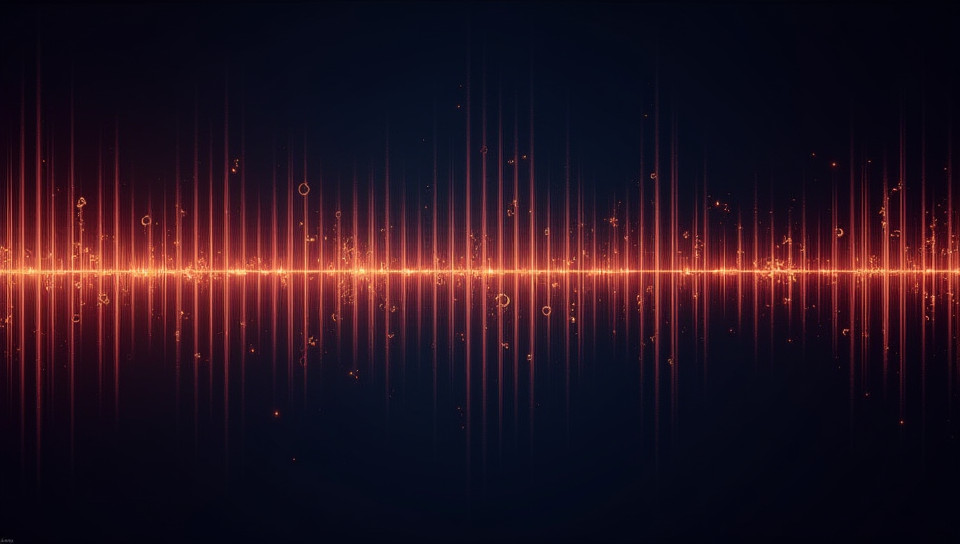Timbre is rooted in acoustic waveform patterns 81%

The Sonic Signature: Unlocking the Secrets of Timbre
Have you ever stopped to think about what makes a Stradivarius violin sound so unique, or why a certain singer's voice is instantly recognizable? The answer lies in timbre, that elusive quality that sets one instrument or voice apart from another. But what exactly is timbre, and how does it relate to acoustic waveform patterns?
What is Timbre?
Timbre is often described as the "tone color" of an instrument or voice. It's the way a sound vibrates in our ears, creating a unique sonic signature that distinguishes one type of instrument from another. But what creates this timbre? The answer lies in the acoustic waveform patterns that underlie all sounds.
Acoustic Waveform Patterns: The Building Blocks of Timbre
Acoustic waveforms are the patterns of sound waves that reach our ears when an object vibrates. These waveforms can take many different shapes and forms, but it's their unique characteristics that give rise to timbre. For example:
- A plucked guitar string produces a waveform with a sharp attack and decay
- A singing voice produces a waveform with a smooth, continuous curve
- A trumpet blast produces a waveform with a sharp, explosive quality
The Harmonics of Timbre
When an object vibrates, it produces not just one frequency of sound, but multiple frequencies that are harmonically related. These harmonics are what give timbre its unique character. For example:
- A piano key struck in the middle produces a fundamental frequency and a series of higher-frequency harmonics
- A flute played in the high register produces a similar pattern of harmonics, but with a brighter, more piercing quality
The Science of Timbre: A Complex Interplay of Factors
While it's tempting to reduce timbre to simple factors like tone color or texture, the truth is much more complex. In fact, research has shown that timbre is influenced by a wide range of acoustic and perceptual factors, including:
- Spectral balance
- Harmonic structure
- Attack and decay characteristics
- Envelope shape
The Power of Timbre: Unlocking the Secrets of Sound
So why does understanding timbre matter? For musicians, producers, and sound designers, knowing how to manipulate timbre can be a key to creating unique and compelling sounds. By carefully selecting and shaping acoustic waveform patterns, we can craft sonic signatures that evoke emotions, create moods, and transport listeners to new worlds.
Conclusion
Timbre is more than just a musical concept - it's a window into the very essence of sound itself. By unlocking the secrets of timbre, we can gain a deeper appreciation for the complex interplay of acoustic waveform patterns that underlies all music and speech. Whether you're a musician, producer, or simply a lover of sound, understanding timbre is an essential step towards unlocking your full creative potential.
- Created by: Miguel Ángel Acosta
- Created at: Nov. 13, 2024, 2:08 p.m.
- ID: 15816









